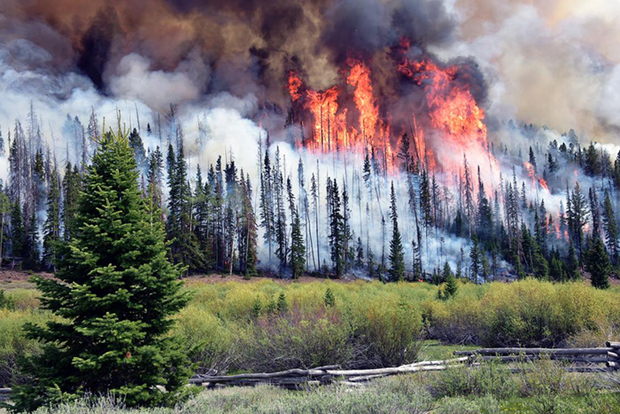Understanding smoke movement is essential for forest management. Credit: Krieg Rasmussun/ US Forest Service Fish Lake National Forest
Wildfires emit short-lived, nitrogen-containing gases (NOx) which can have a significant impact on the evolution of wildfire smoke by regulating the formation of secondary pollutants such as ozone and particulate matter. NOx reactions often take place too quickly and are too spatially dispersed to be well-represented in traditional chemical transport models. Enabled by the “near field” data from the Wildfire Experiment for Cloud chemistry, Aerosol absorption, and Nitrogen (WE-CAN) campaign, a team of researchers supported by CPO’s Atmospheric Chemistry, Carbon Cycle, & Climate (AC4) program investigated the fate of short-lived NOx in wildfire plumes, which can contribute to a host of air quality issues, to help advance chemical models.
Read more at the link below.
